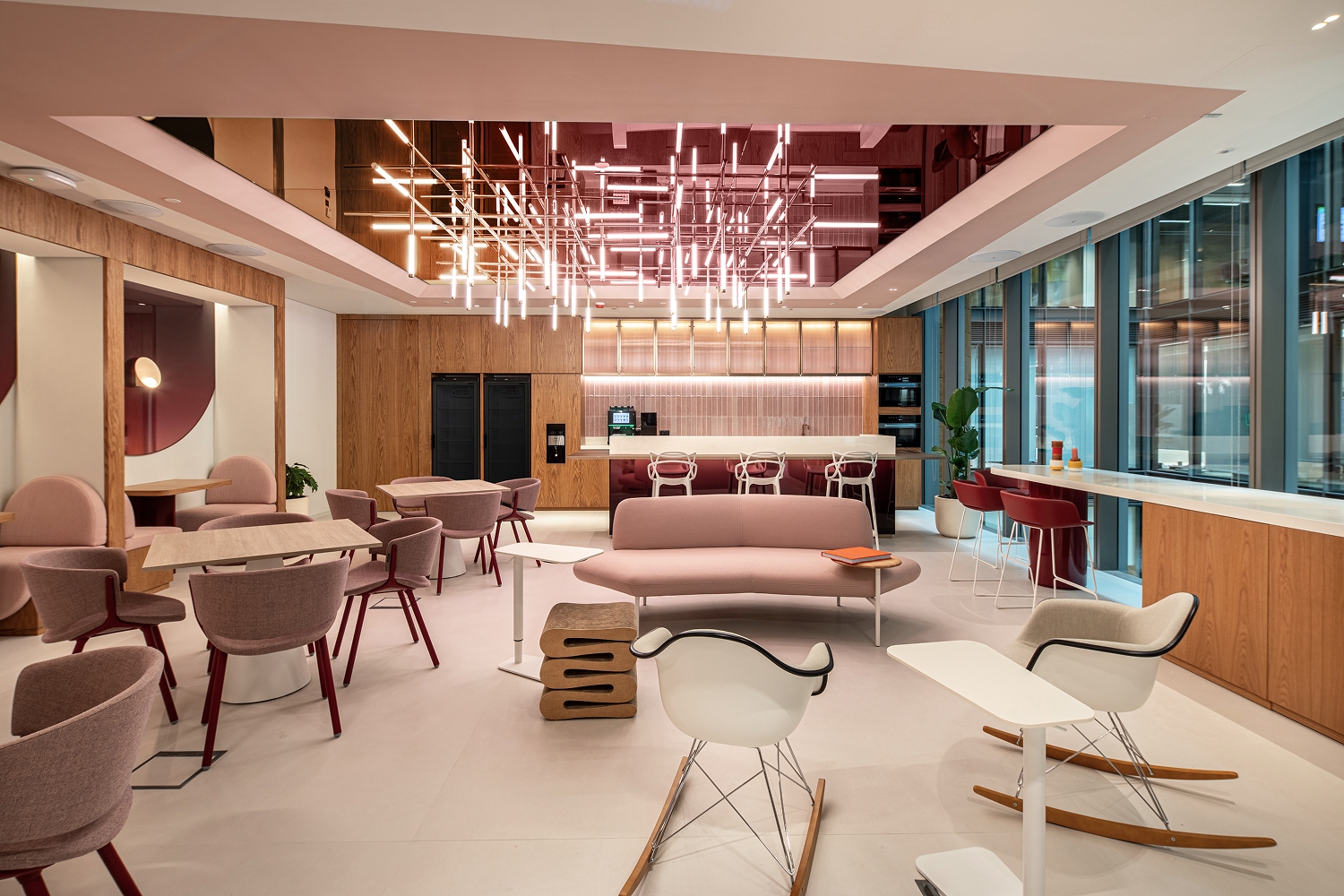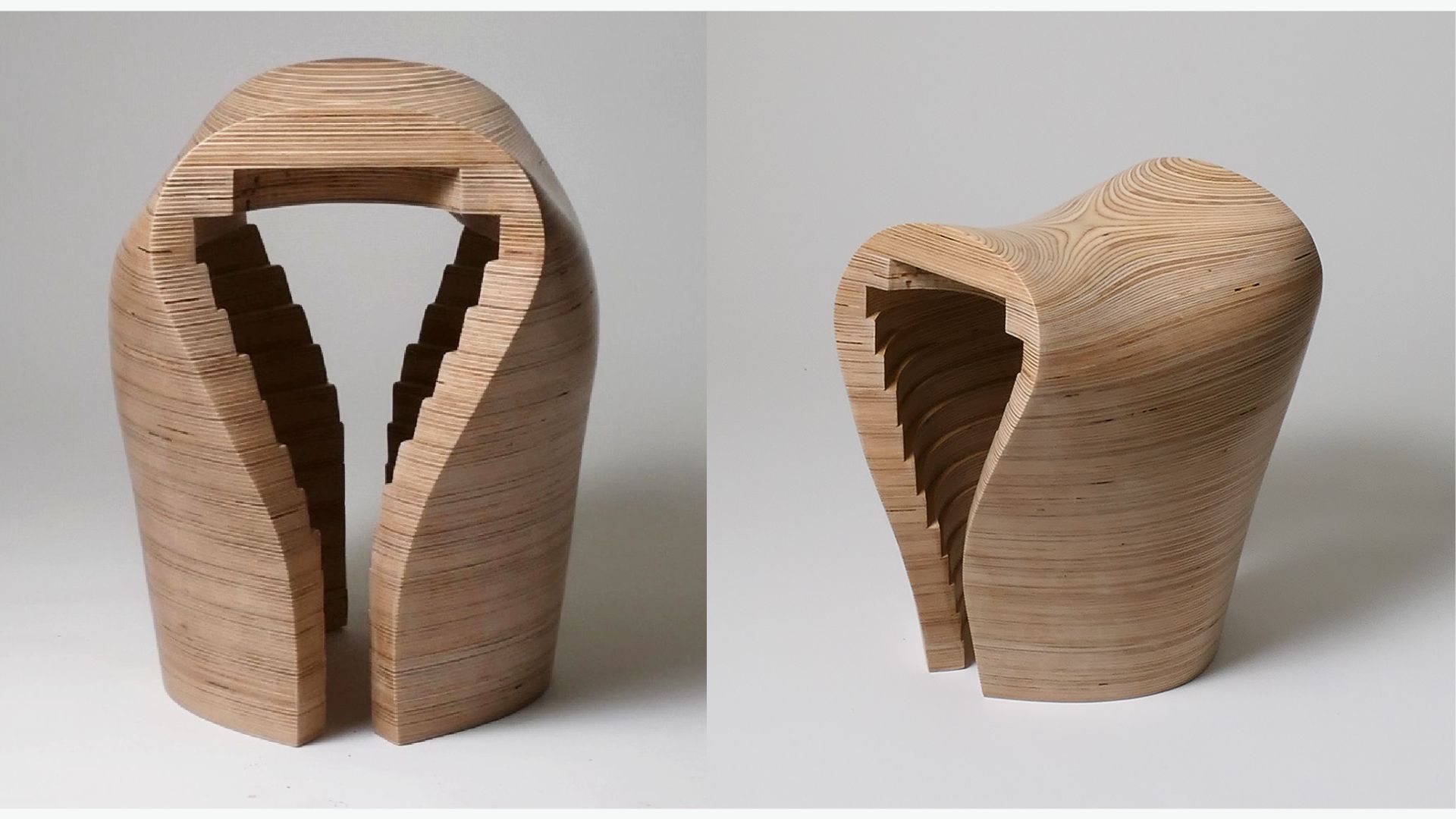The Saddle Stool curves, folds, and flows like it’s in motion, even when perfectly still. Crafted from humble birch wood, it feels anything but rigid. There’s a tension to it, a softness carved out of something solid.
We spoke with designer Elay Dagan, winner of the SIT Furniture Design Award for Emerging Furniture Designer of the Year, about how this sculptural piece came to life. From experimenting with scraps in his home workshop to learning when to stop refining, Elay shares how the stool took shape, what drives his design approach, and why the space around the object matters just as much as the object itself.
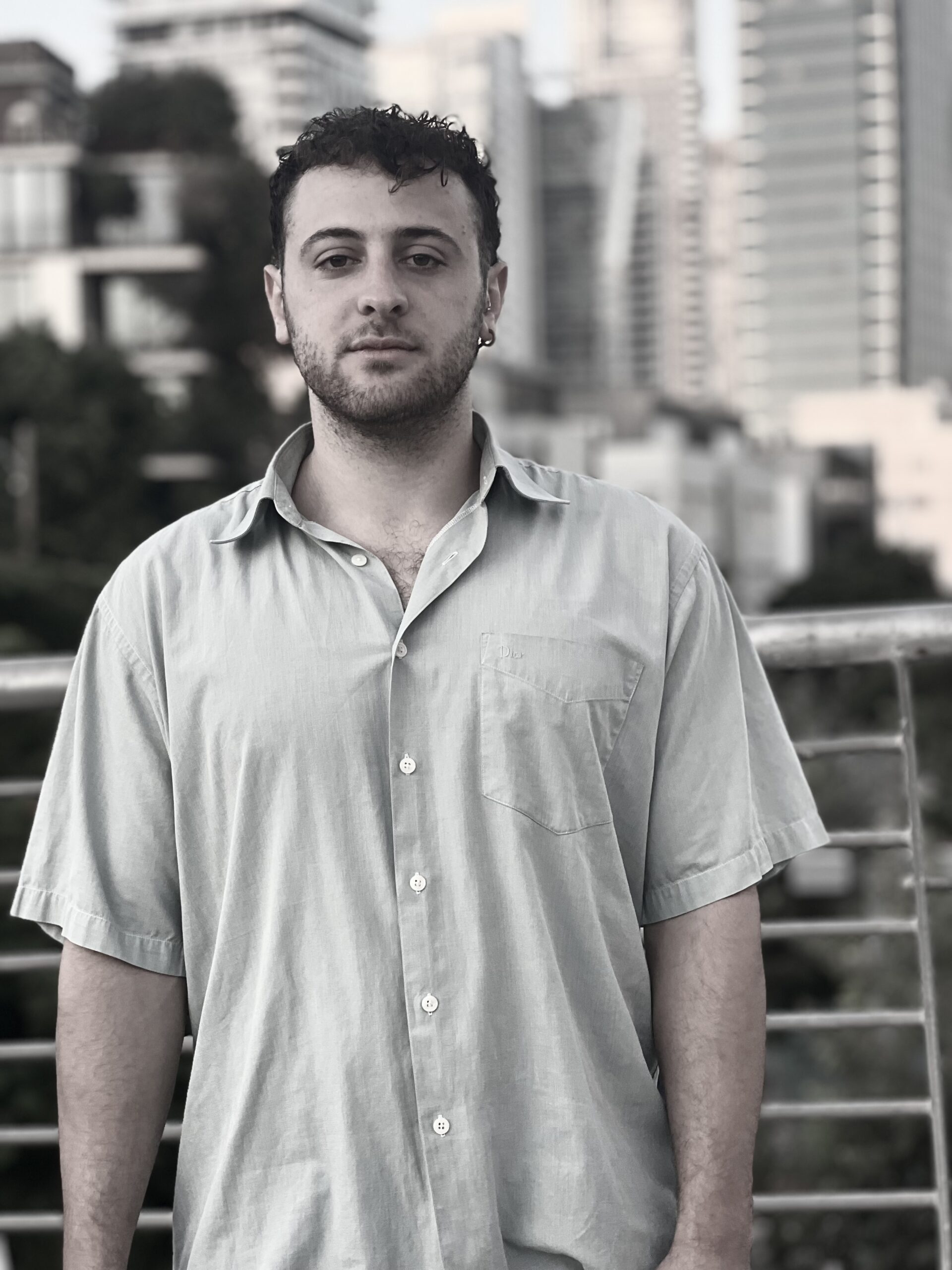
- Can you tell us a bit about your background? What led you to study design?
My name is Elay, I’m 25 years old. I was born and raised in Tel Aviv—a city I truly love. It gave me space, freedom, the sea, and interesting people. I’m the eldest in my family, with two younger sisters, and I grew up in a house that was always in motion. My father is a construction project manager, and my mother is an industrial designer. We did almost everything ourselves at home—fixing, building, painting, even moving walls.
I was never sure I would pursue academic studies. At first, I thought I would simply become a craftsman—learning through hands-on experience. I worked in a carpentry shop as an apprentice, and later began working with Eden, an extraordinary sculptor who specializes in concrete restoration. We created textures for public buildings, cast benches and sinks, and restored historic structures. Every day, I learned something new.
The turning point came when I began leading recycling workshops. That’s where I met a friend who was then my partner—she was studying industrial design. One day, she simply decided to sign me up for the Shankar entrance exams, without telling me. When the brief arrived, I sat down at the table—and didn’t get up. I felt a kind of inner storm, almost like a revelation. I realized that this is what I want to do—to design.
- What would you say is your personal design philosophy?
Today, when I reflect on my design approach, I feel it constantly moves along the axis between technology and craftsmanship. I’m deeply curious about new technologies, software, and digital tools. I love to explore, learn, and dive deep into anything related to advanced and precise production. At the same time, I believe in the power of human touch. For me, the soul of an object comes from the material itself—from the small scratch, the imperfect edge, and the traces left by the hands that shaped it. That’s what gives an object life and character.
This connection—between mechanical precision and the sensitivity of handcrafted work—is at the heart of what I strive for. Sometimes I approach a material and begin working without overthinking it, simply letting my hands lead the way. Most of the time, they know what to do—and they take me exactly where I need to go.
- What is the inspiration behind the Saddle Stool? Was there a moment that sparked something in you?
I created the stool during a design course at the end of my first year. The course aimed to explore materials—how to bend them, cut them, use their properties, and experiment with alternative approaches.
As a personal challenge, I decided to work only with what I already had in my small home workshop—without rushing out to buy new materials. I found scraps of leather, cardboard, paper, and oak veneer, and started combining, gluing, cutting, and bending them. Then, at the end of a long workday, just as I was about to turn off the light, I took a piece of veneer, folded it, added a screw—and suddenly everything clicked. A gesture emerged that I hadn’t planned, but I immediately felt it was the one. That moment, when a simple material bends and becomes something else, is what pushed the entire project forward. I knew I wanted to develop and preserve that exact quality.
- Can you walk us through the development process of the Saddle Stool? How did sketches become a sculptural object?
The stool’s design expresses motion and flow—rooted in early experiments with bending soft, lightweight, linear materials at a 1:10 scale. At first, I looked for a material that could mimic the thinness of paper but remain strong and durable enough to function as a stool.
Ironically, the breakthrough came when I gave up and decided to express that same movement using a rigid and static material. That choice created a surprising contrast, infusing the project with softness, elegance, and intrigue.
As I continued working, I realized that spatial movement—the air surrounding and within the object—was just as compelling. The void became a material of its own: an active element that “breathes,” envelops, and lends the stool its dynamic energy. The internal volume—the emptiness—became an integral part of the form.
I chose birch wood—a simple, accessible, and relatively inexpensive material—and through sculptural handwork, transformed it into something unique and refined. I deliberately left the interior raw and unfinished, as a tribute to the production process, which combined advanced CNC milling with the immediacy of handcraft. This fusion—between the innovative and the traditional—is, in my view, what gives the stool its modern and vibrant character.
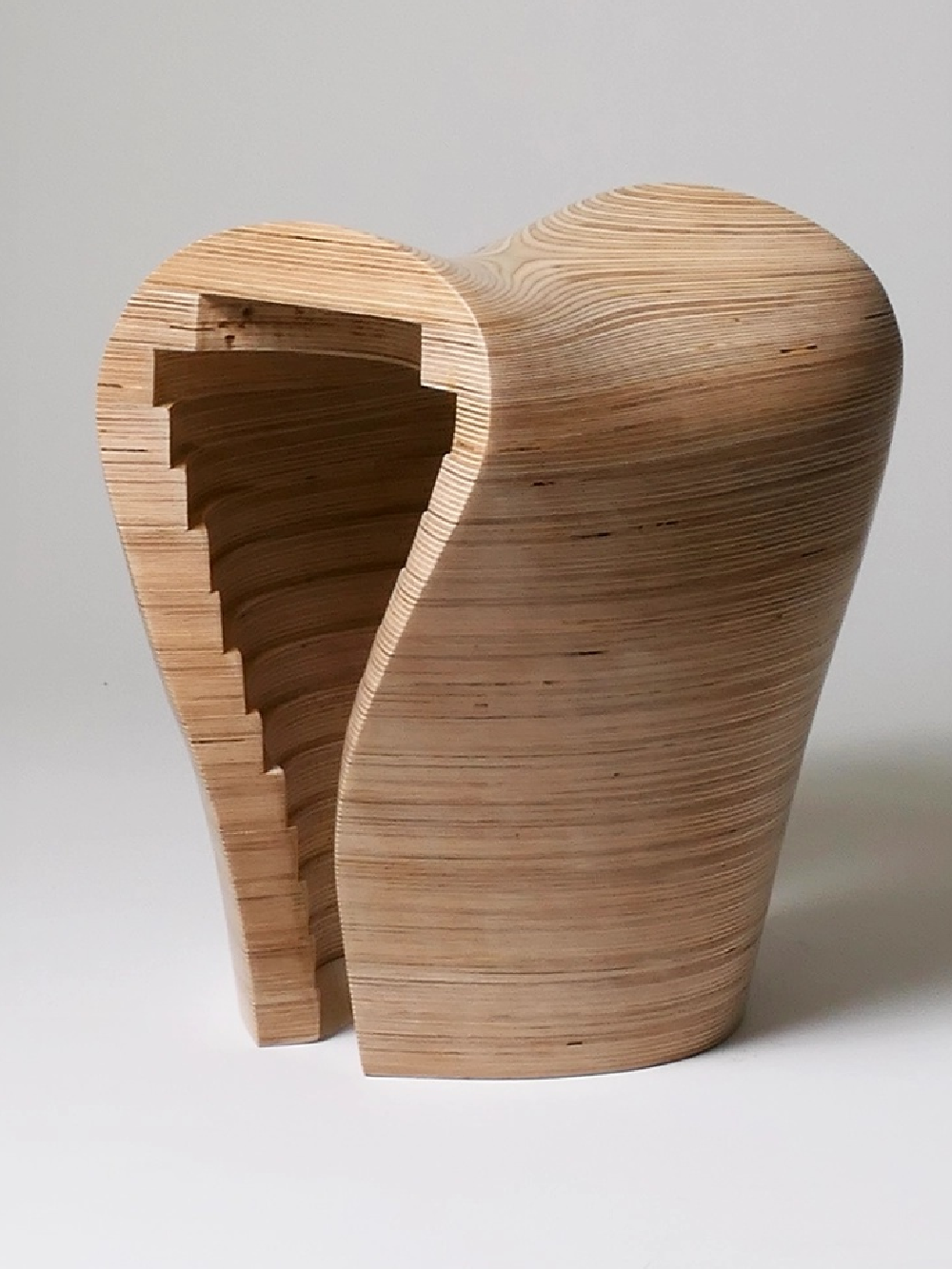
- What were some of the biggest challenges you faced while working on the project?
The biggest challenge for me was reaching the point where I truly felt at peace with what I had created. I had countless sketches, each of which could have led in a different direction. I worked under tight deadlines—it was a short project, with a clear finish line—and there was a constant sense of urgency, a need to make final decisions quickly.
Choosing the production method and material was a turning point—I felt it in my body. A kind of internal quiet that signaled: this is it. From that moment on, all the other pieces started falling into place.
Of course, even after that, I faced many crossroads and critical decisions at nearly every stage. Eventually, I realized I needed to stop. Not to overwork. Not to over-polish. To leave it rough where it needed to be—not perfect, but alive. To listen to what the project wanted to become—and let it lead me.
- Congratulations on being named the SIT Awards’ Emerging Furniture Designer of the Year! What does this recognition mean to you at this early point in your career?
Winning the competition was an incredibly emotional moment for me. At first, I couldn’t quite believe it was real—but when I saw the official announcement, the feeling started to sink in.
The award gave me a deep sense of confidence. It helped me understand that I have a voice, that I have something to say—and that voice is being heard, and it matters. It connected my inner passion with external validation, and gave me a small but powerful sign that I may be on the right path.
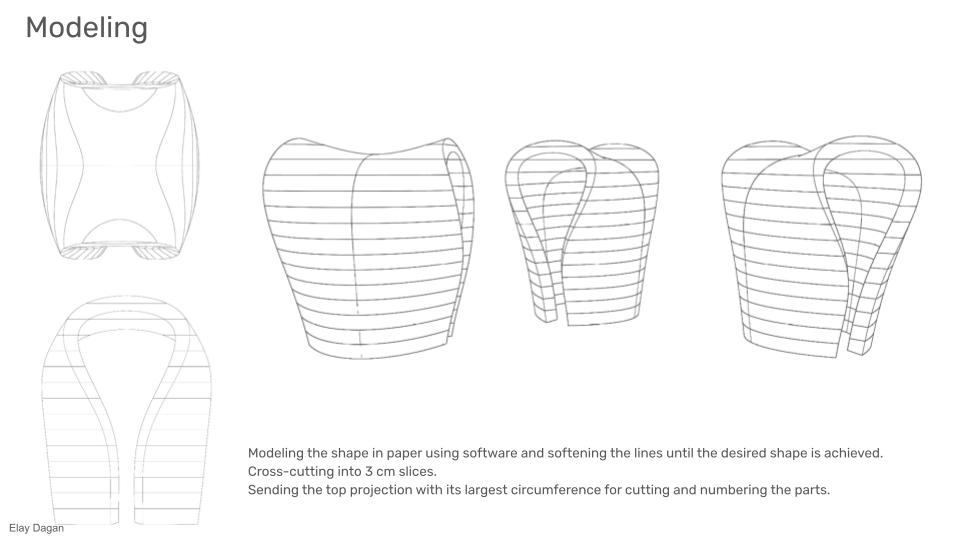
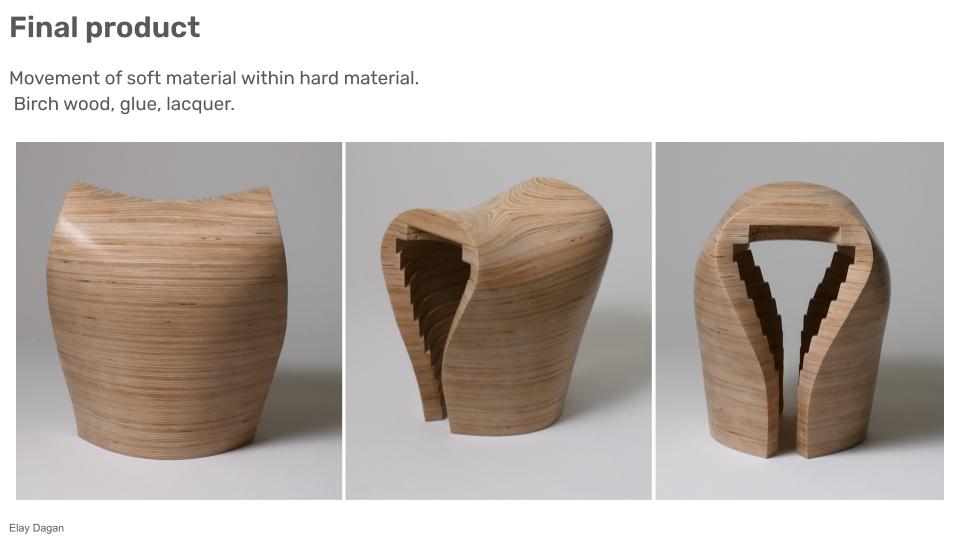
- Looking ahead, what do you envision for your future?
I dream of a large workshop filled with all kinds of machines—old and cutting-edge—that allow me to move between worlds and merge material with technology. More than anything, I’d love to work there alongside friends and colleagues—curious people like me, each bringing something different to the table.
And my biggest dream? To present a series of works in a gallery or museum. To create projects that provoke thought, touch people, and tell stories through material, structure, and form. To exist in the space where design meets people and art.
And finally—I want to thank you for this special opportunity, for the recognition and the honor—it’s incredibly meaningful to me. I also want to thank my teachers at Shankar, who guided me, challenged me, and asked the right questions. And a huge thank-you to everyone who supported, helped, and stood by me—you are an inseparable part of this journey, and of this success.





